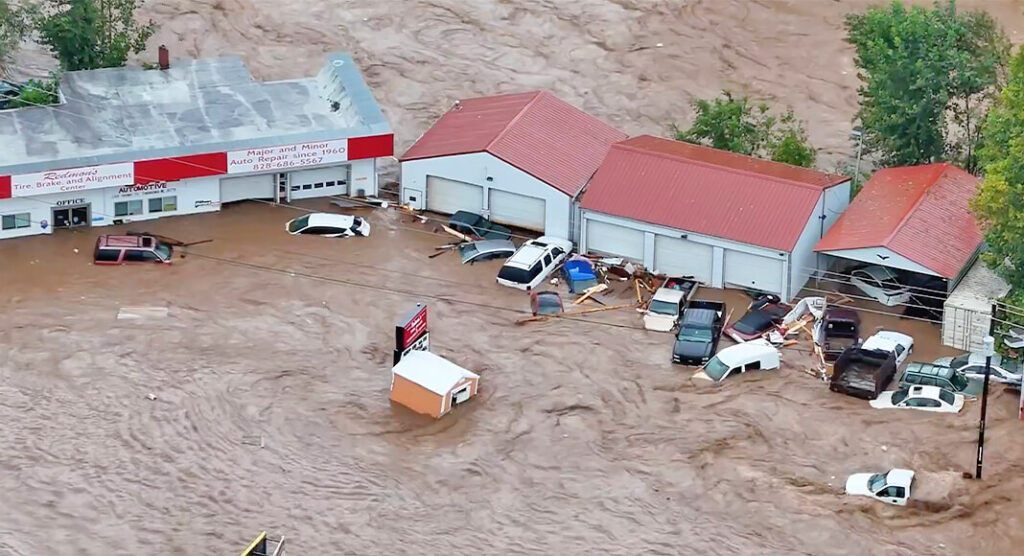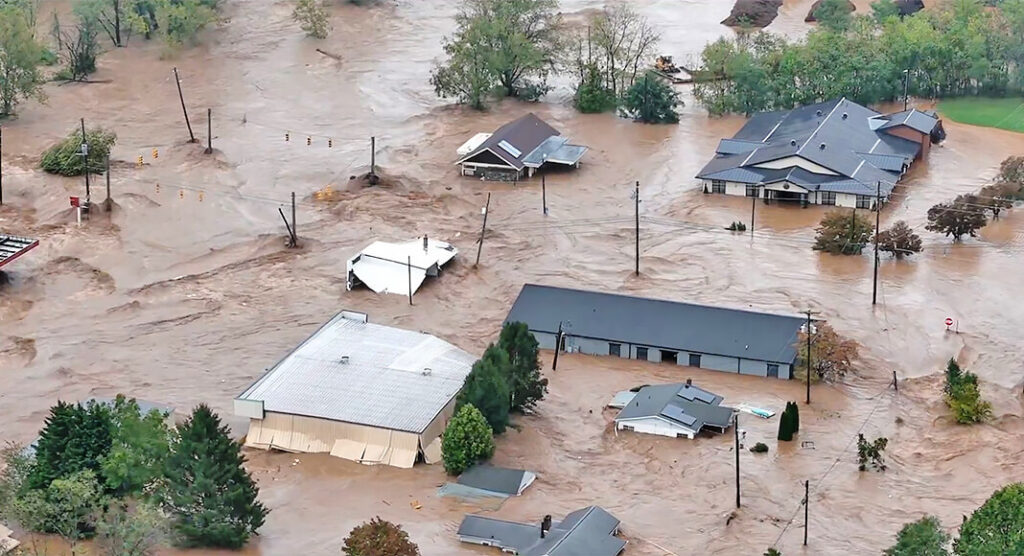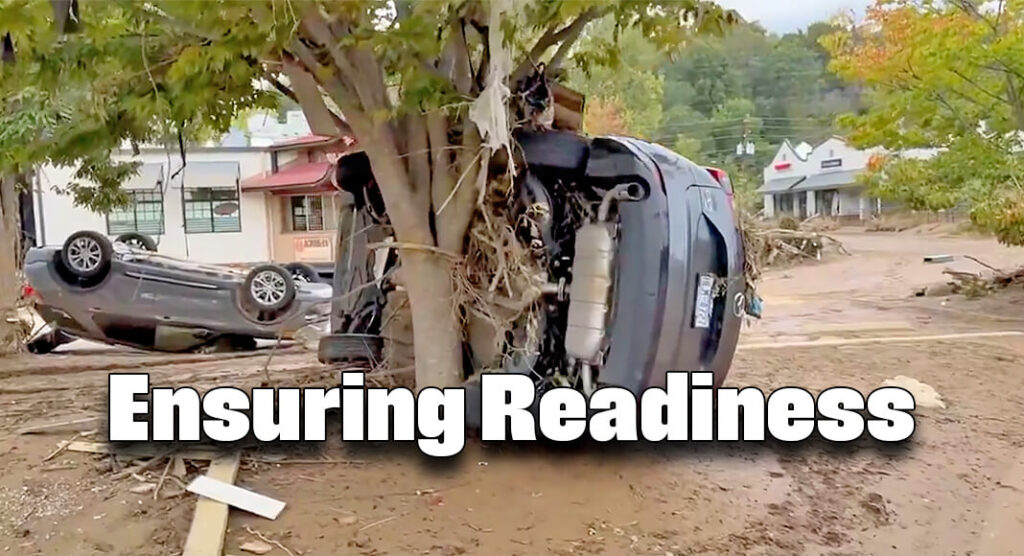
Texas Border Business
Texas Border Business
October 3, 2024
Do we have an effective plan to protect the Rio Grande Valley from a catastrophe like that?
As we witness the devastation that Hurricane Helene brought to the southeastern United States, I pose these urgent questions to the leaders and residents of the Rio Grande Valley: Are we prepared for such a catastrophe? If it happens here, along our Gulf Coast border, would we be ready to respond swiftly and efficiently? Who is in charge of a plan? And most importantly, would it be a good idea to start educating our residents on what to do in an emergency of this magnitude?
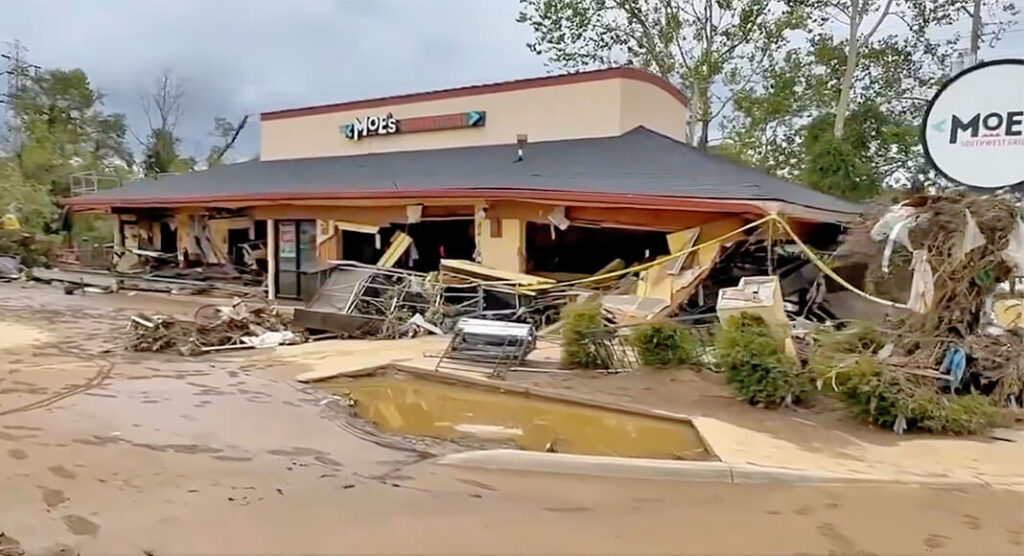
The recent hurricane disaster is a wake-up call, not just for those directly impacted in the Southeast but for every community vulnerable to severe weather, especially here in South Texas. The Rio Grande Valley is no stranger to tropical storms and hurricanes and the flood risks they bring. However, after seeing more than 40 trillion gallons of rain flood Georgia, Tennessee, the Carolinas, Florida, and parts of Virginia, we have to ask ourselves: Would we be able to handle such an event?
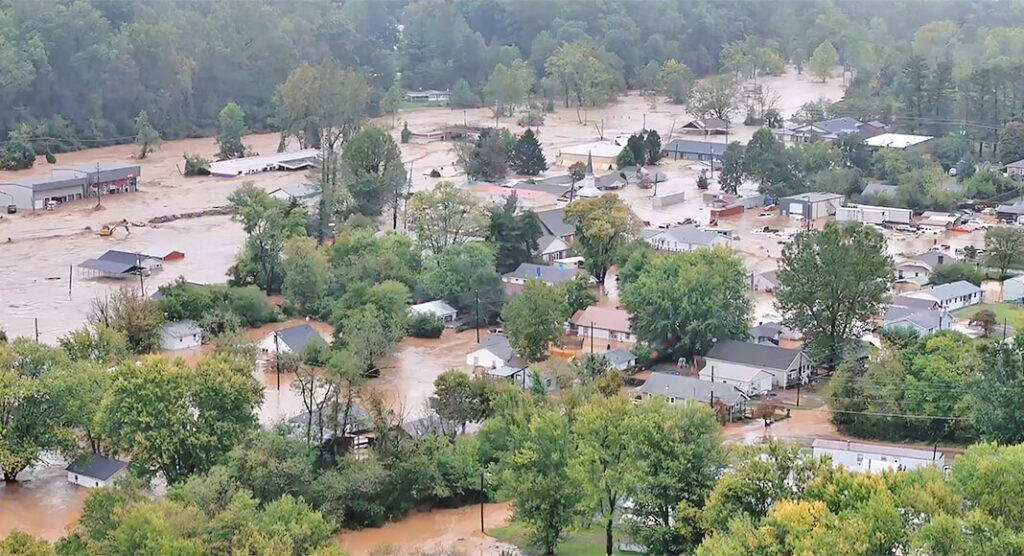
Catastrophic Lessons from the Southeast
Hurricane Helene unleashed unprecedented destruction, dumping massive amounts of water across the southeastern United States. Newsmax.com reports that over 40 trillion gallons of rain fell within a week. To put that into perspective, that amount of water is enough to submerge North Carolina under three and a half feet or fill over 60 million Olympic-sized swimming pools. Imagine that happening here in South Texas, where our low-lying landscape and proximity to the Gulf make us incredibly vulnerable to storm surges and flooding.
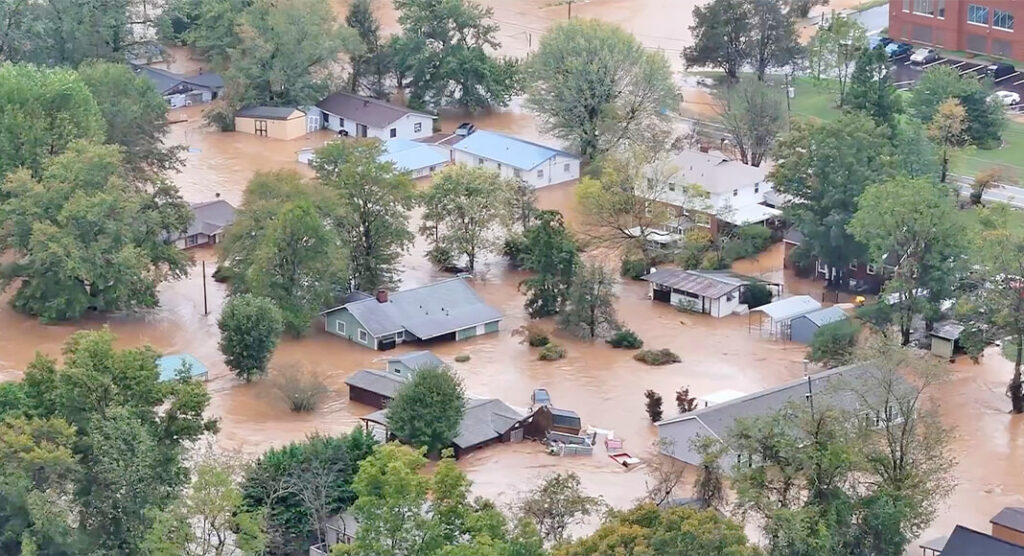
More than 100 people tragically lost their lives during this catastrophe, with entire communities in the Appalachian Mountains and coastal regions devastated by fast-moving floodwaters. The mountains’ geography worsened the damage, which funneled rainfall into destructive flash floods. Though the Rio Grande Valley lacks such high elevations, we face a different but equally dangerous set of circumstances: vast flatlands prone to prolonged flooding.
Preparing for the Unimaginable
Would we be prepared if a storm like Helene hit the Rio Grande Valley? This is not just a theoretical question—it’s a matter of survival. Do we have robust emergency plans, and are they sufficient for a magnitude storm? Who is responsible for ensuring that these plans are executed effectively? Our residents deserve to know that their safety is a top priority and that concrete measures are in place to protect their homes and lives.
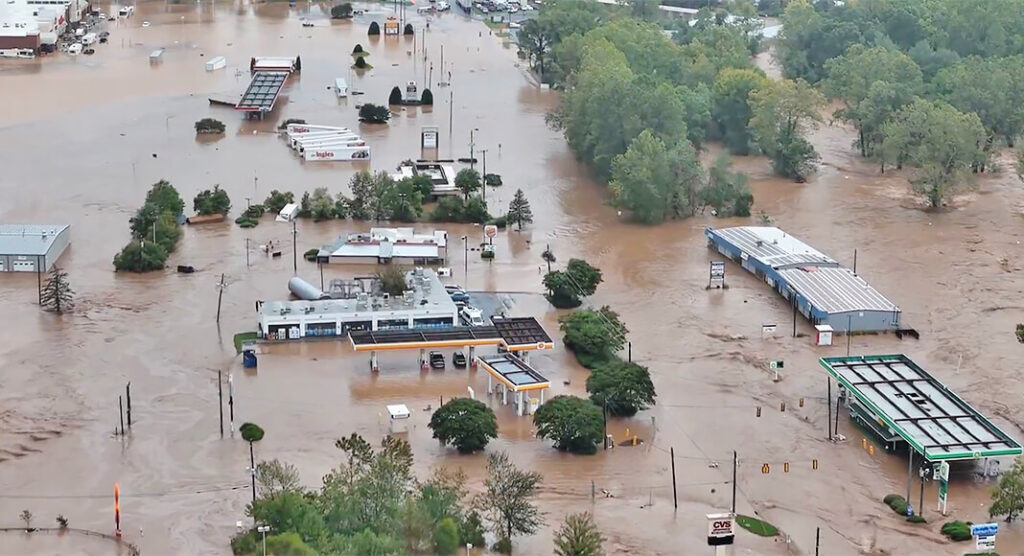
Additionally, we must consider whether our infrastructure can withstand the onslaught of such extreme weather. As reported in Georgia, Tennessee, and the Carolinas, roads, bridges, and homes were washed away, leaving families stranded and entire communities cut off from rescue efforts. Do our evacuation routes account for the possibility of impassable roads, and are we adequately equipped to provide shelter to thousands of displaced residents?
Education: The Key to Preparedness
While our leaders work to ensure comprehensive disaster plans, it is equally important to empower residents with the knowledge they need to protect themselves in a crisis. Many in the Southeast were caught off guard by the sheer intensity of the storm and the speed with which floodwaters rose. This is why public education is critical.
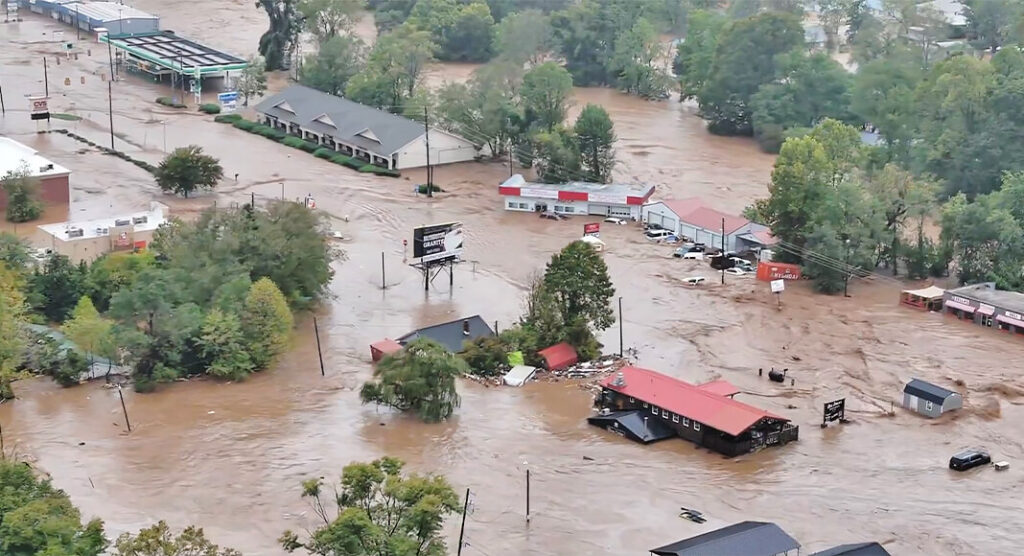
Do our residents know how to prepare for a major hurricane? Are there enough resources available to teach people how to create emergency kits, plan for evacuation, or secure their homes from floodwaters? Simple steps like these can make the difference between life and death in the face of a catastrophe. It is time we start educating our community about disaster preparedness—especially as climate change continues to make these once-rare events more frequent and severe.
Climate Change: A Growing Threat
The scientists at NOAA have been sounding the alarm: storms are getting wetter and more intense as the planet warms. Experts noted that the combination of multiple storm systems, warm ocean temperatures, and atmospheric moisture fueled Hurricane Helene, creating a perfect storm of destruction. Similar conditions are possible here in South Texas, where our proximity to the Gulf of Mexico makes us particularly vulnerable.
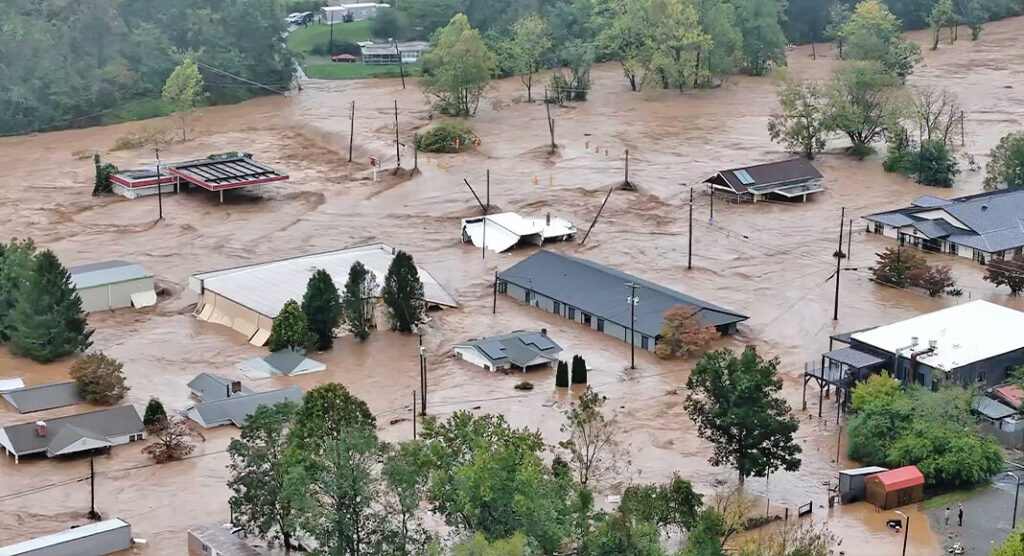
A Lawrence Berkeley National Lab study found that climate change increased rainfall during Hurricane Helene by 50% in some areas. This trend is likely to remain the same, and as we look to the future, we must acknowledge that hurricanes will continue to grow in intensity. Our preparedness plans must account for the fact that the “once-in-a-lifetime” storms are becoming the new normal.
The Time to Act is Now
The Rio Grande Valley, our beautiful and resilient community, cannot afford to wait until disaster strikes to take action. Leaders, it is time to develop a clear and compelling response plan for the worst-case scenario. Residents must educate themselves and their families on preparing for emergencies and protecting their homes from the inevitable.
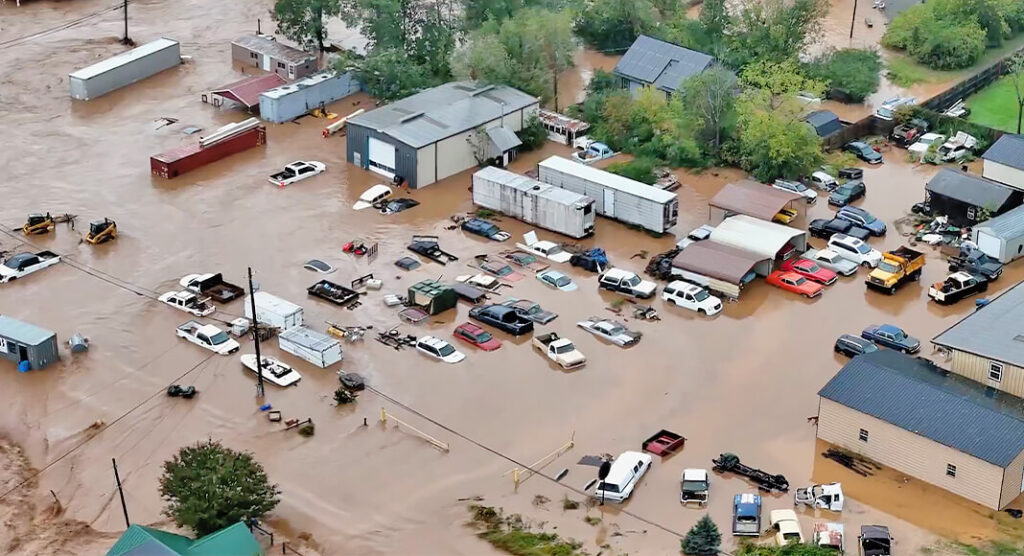
Helene’s devastation in the Southeast is a stark reminder of what can happen if we are unprepared. The question is no longer if such an event could happen here but when. Let’s ensure that when it does, we are ready.
